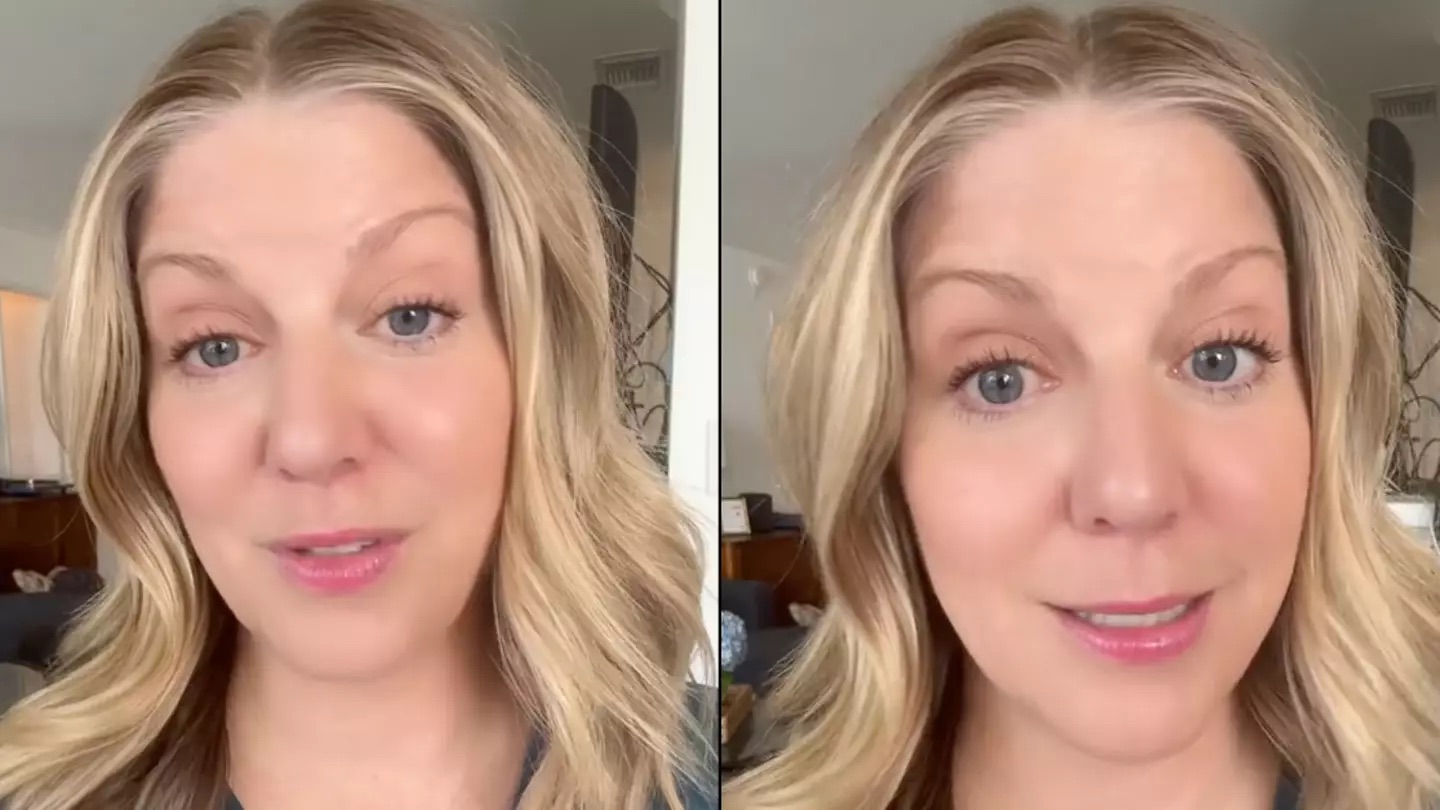Hospice nurse Julie has shed light on the “deathbed phenomena” through real-life video examples, offering insight into what people may experience in their final days.
As an end-of-life care expert, Julie’s goal is to change perceptions of death and reduce the stigma surrounding it by openly discussing these moments. While she has previously covered common final words and experiences, her latest video provides visual evidence to support her observations.
In a recent TikTok video, which has garnered over 774,000 views, the bestselling author and social media influencer highlights three common signs of these phenomena. Julie begins by explaining, “This is something we frequently witness at the bedside.

We’re not entirely sure why it happens, but it’s quite common.” The video, shared with permission from a family, features a woman in her final days exhibiting one of these signs—a sudden burst of excitement. Julie describes how the woman appears to see someone invisible and waves enthusiastically.
The video captures this brief moment as the woman awakens, waves, and then closes her eyes again. Julie concludes by noting that while the cause of these phenomena remains a mystery, they often provide comfort to both the patients and their loved ones.
The ‘Death Reach’ Phenomenon
Discussed by many hospice professionals, Nurse Julie highlights a common occurrence often referred to as the “death reach.” She explains, “This is when a person seems to look past everyone else, usually toward a corner, performing what we call the ‘death stare.’

They then reach out, sometimes appearing to speak to someone, but often just extending their arms for a long period.” While the identity of who or what they see remains unknown, Julie notes that this phenomenon happens frequently in end-of-life care.
In one video example, an elderly woman gazes into the distance, her arm fully extended as if reaching for something or someone. Julie narrates, “Her loved one asks, ‘Who is it?’ She tries to answer but struggles to find the words.”
Julie advises that if this behavior continues and the person appears agitated, it could indicate the need for intervention, such as medication to address terminal agitation. However, she emphasizes the distinction between this state and the peacefulness of the “death reach.”
Acceptance
In the final example, Nurse Julie shares a touching and ‘beautiful’ moment that encourages viewers to remain open-minded, regardless of their beliefs. She clarifies that her goal isn’t to promote any particular belief system but finds it ‘fascinating’ how such moments can bring peace to families.
In this heartwarming scene, the woman filming lovingly cradles her mother’s head, gently saying, “I love you, Mama. I love you. Are you ready to go to heaven, Mama?” Her mother simply responds, “Yes.”
Julie reflects on this moment, saying, “This is a beautiful interaction between a daughter and her mother, as she responds ‘yes’ and takes one of her final breaths.” Grateful to the family for sharing this profound experience, Nurse Julie concludes, “It’s incredibly moving. I hope it brings comfort, offers insight, and helps lessen the fear of death.”
